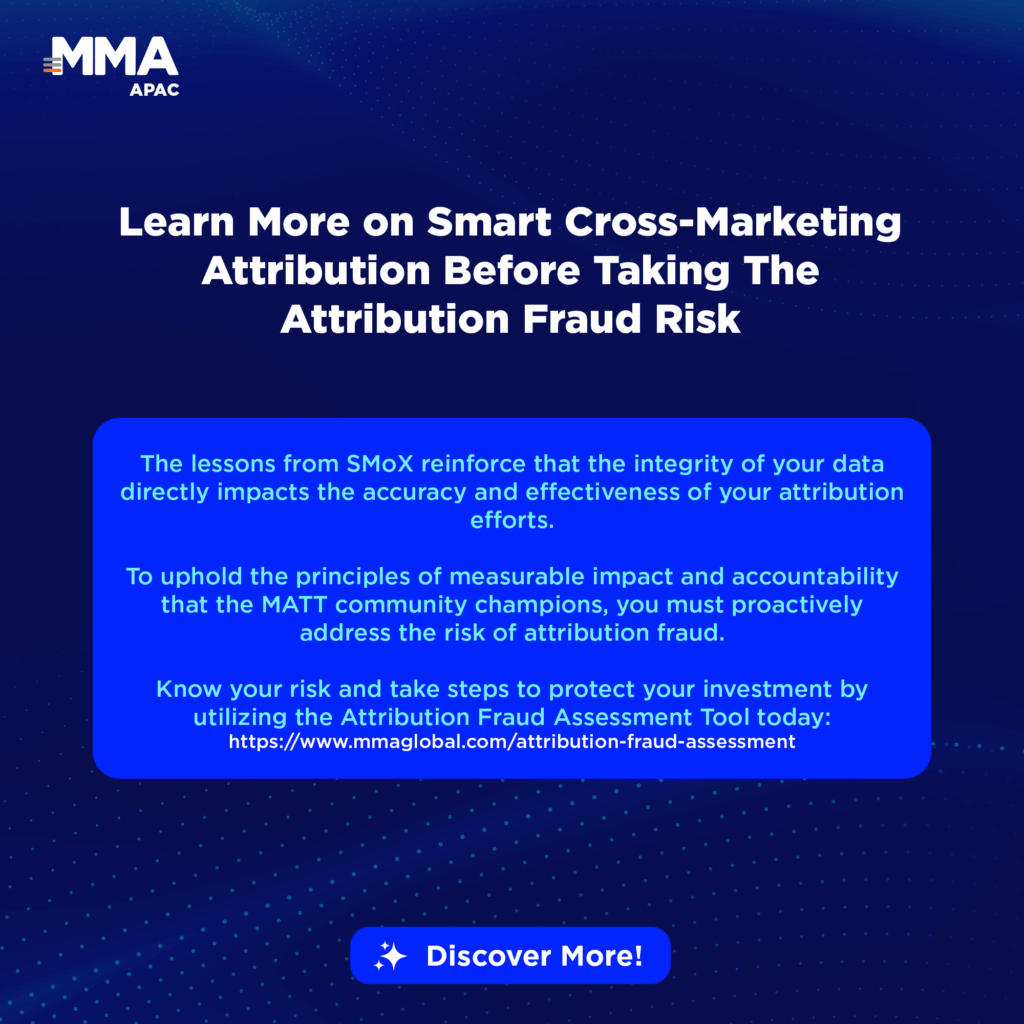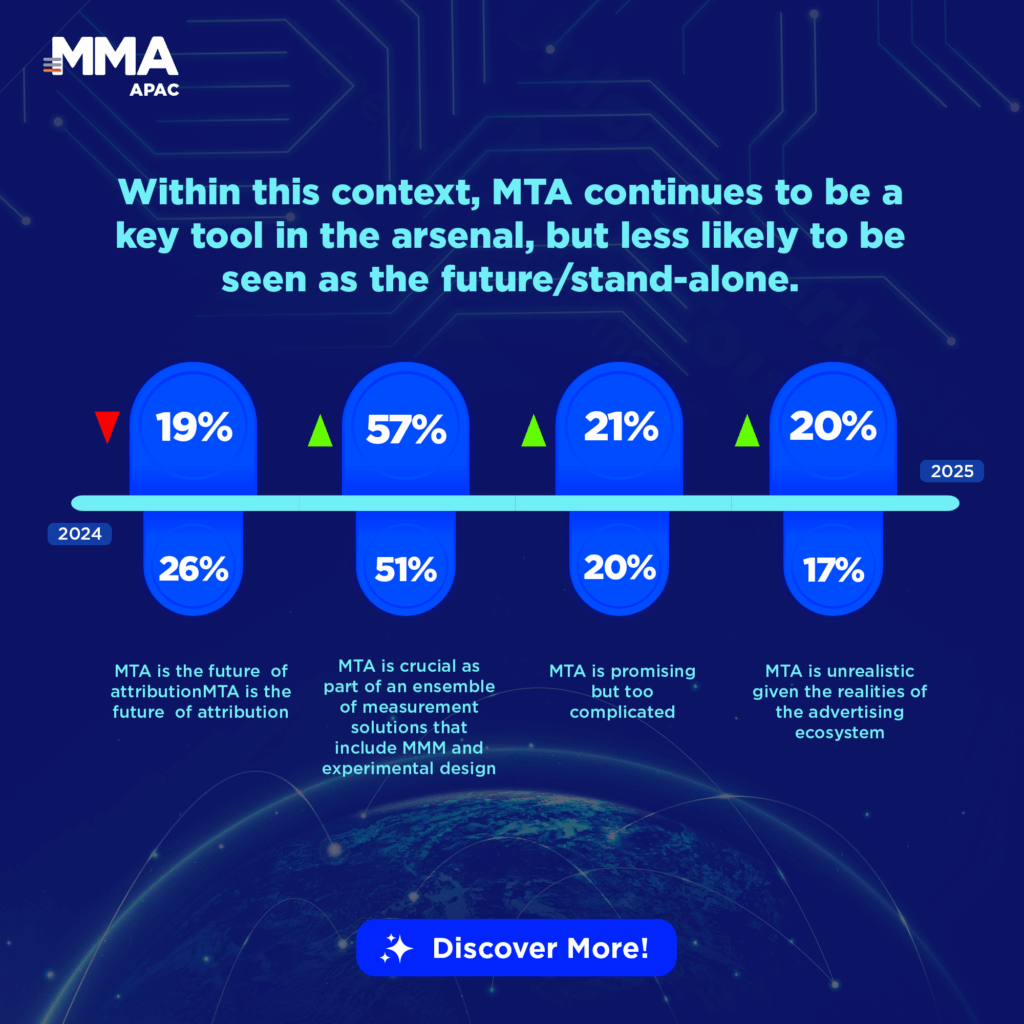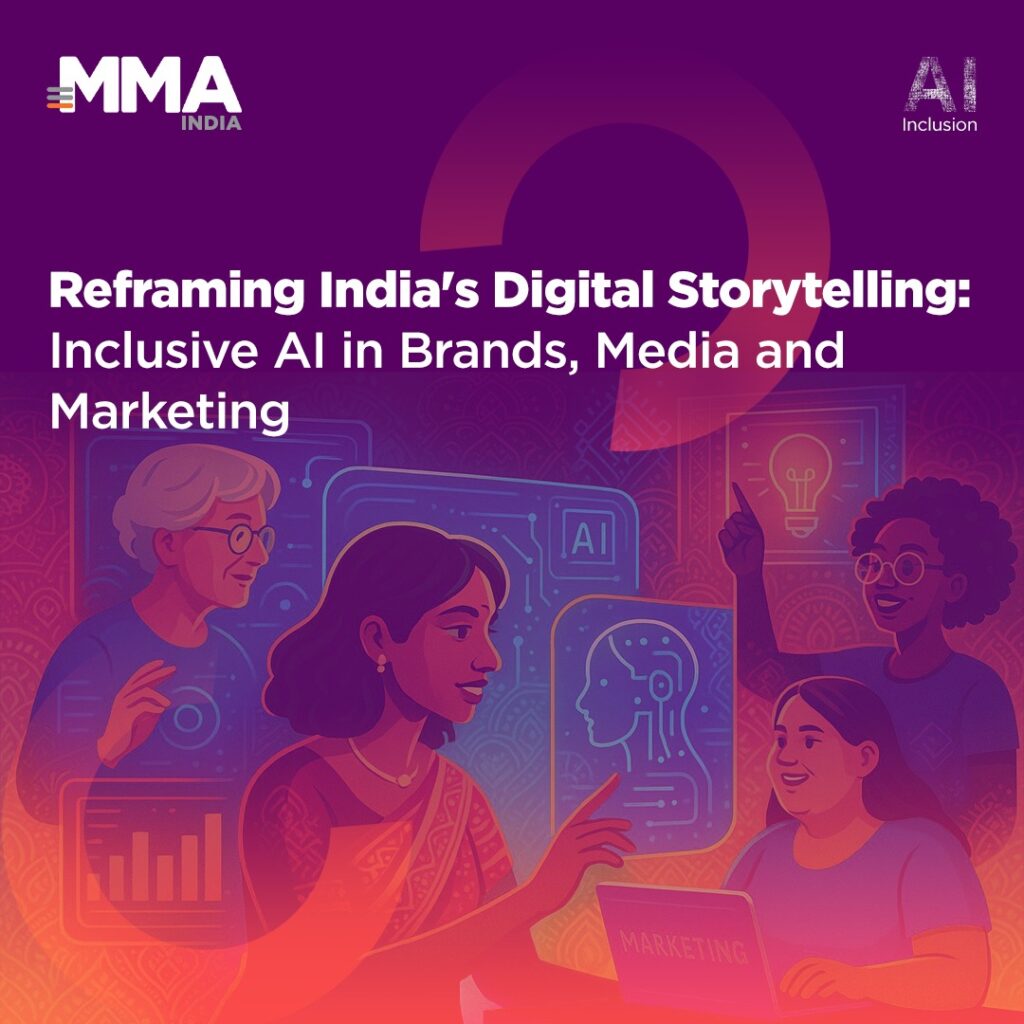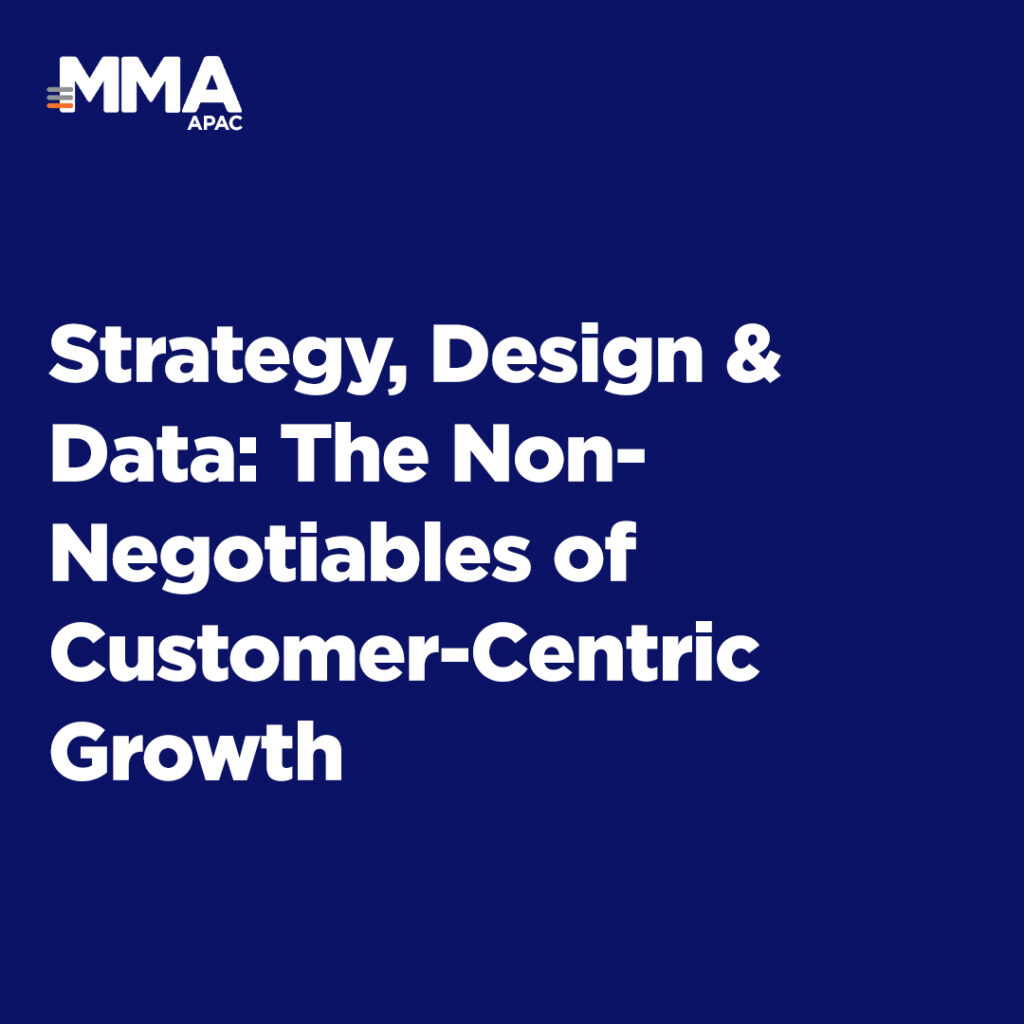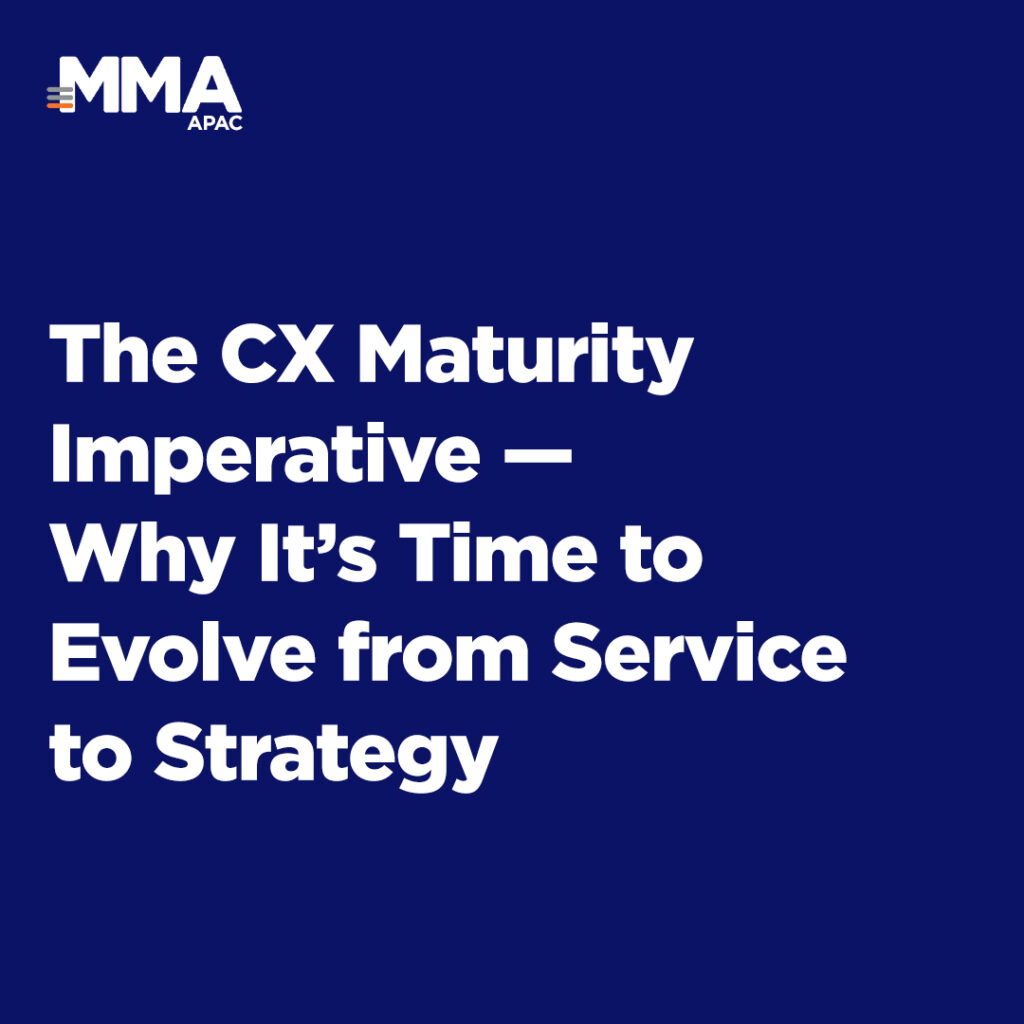
With a reach of more than 2 billion users across 180 countries, WhatsApp has emerged as a primary communication channel for users to converse with their family, friends & colleagues. And over the last few years, WhatsApp has been emerging as a medium for business communication wherein brands can clear the clutter and engage with customers directly allowing them to explore, know more about the brand/product and pay without having to leave the messaging app. In fact, an upward trend can be found as consumers favor brands that offer a frictionless experience. More than 92% of consumers across the globe perceive a brand positively when they receive proactive support and personalized engagement.
WhatsApp is by far the best marketing channel that businesses can leverage to earn the highest ROI on their marketing spends. Although there is a high adoption of WhatsApp as a channel, brands need to be more tactful when it comes to sending marketing messages to consumers. If not, WhatsApp may become the next SMS, as brands start to over use the channel for transactional and promotional messages.
Increase in pricing of business-initiated messaging on WhatsApp by 50%
Sending irrelevant and repetitive messages has resulted in higher block rates than expected among consumers. As per a recent survey by Localcircles, more than 95% of customers reported receiving SPAM messages on WhatsApp.
In line with WhatsApp’s goal of enabling it as a channel that allows brands to engage with consumers across the journey and at the same time respect user privacy, WhatsApp has announced a new business pricing model effective from June 1 2023. An initiative in re-defining the way brands communicate with customers by expanding user-initiated and business-initiated conversations to – Service (user-initiated), Marketing, Utility and Authentication – with different pricing slabs. Putting one-way blast and promotional messages under marketing messages with higher pricing than the rest.
Engage better and achieve your marketing goals with Vizury for WhatsApp
- Move away from third-party data: With Vizury, brands can now capture first-party data through website/app opt-ins and leverage behavioral insights of high intent web/app visitors in real-time to deliver highly contextual and personalized customer experience. Brands need to understand how their high intent users on web/apps are interacting and engaging with their digital touchpoints. Use these data insights to understand where your audience is in their purchase journey and launch hyper-personalized campaigns to move the target audience down the funnel.
- Launch uniquely designed customer journeys: Using Vizury, brands can create unique customer journeys by leveraging behavioral insights about customer’s interests, preferences and their current state in the purchase journey. Brands can initiate communications by picking up right where they left off (such as product page, cart page, checkout page) and taking their journey forward on their most preferred channel of communication i.e. WhatsApp. These uniquely designed journeys allow brands to make every engagement relevant and personalized for customers. This makes customers feel heard and understood, ultimately allowing brands to foster loyalty.
- Make customer engagements highly relevant and less “pushy”: Brands should move away from the “spray and pray” way of engaging with customers where in there is no limit on the number of times a customer receives a communication from the brand. Any number of sessions/messages will not convert a customer, unless the brand makes these engagements highly contextual. A brand must also ensure that it is not intruding on the customer’s privacy. Brands can set engagement and messaging hours that align with their target audience and leverage frequency capping to limit the number of times a customer receives the communication, thus, improving overall customer engagement.
Deliver customer-first experiences on WhatsApp
WhatsApp since its inception has been a customer-first channel with trust and privacy as its key pillars. It’s taking a clear stand on preventing misuse of WhatsApp for blast marketing campaigns and ensuring that brands make every customer engagement on WhatsApp highly relevant and contextual. Brands need to rethink and strategize how they can use WhatsApp effectively along with their current marketing mix and not make it just another blast marketing channel. This will help brands not only drive effective engagement but also improve ROI on the channel.















